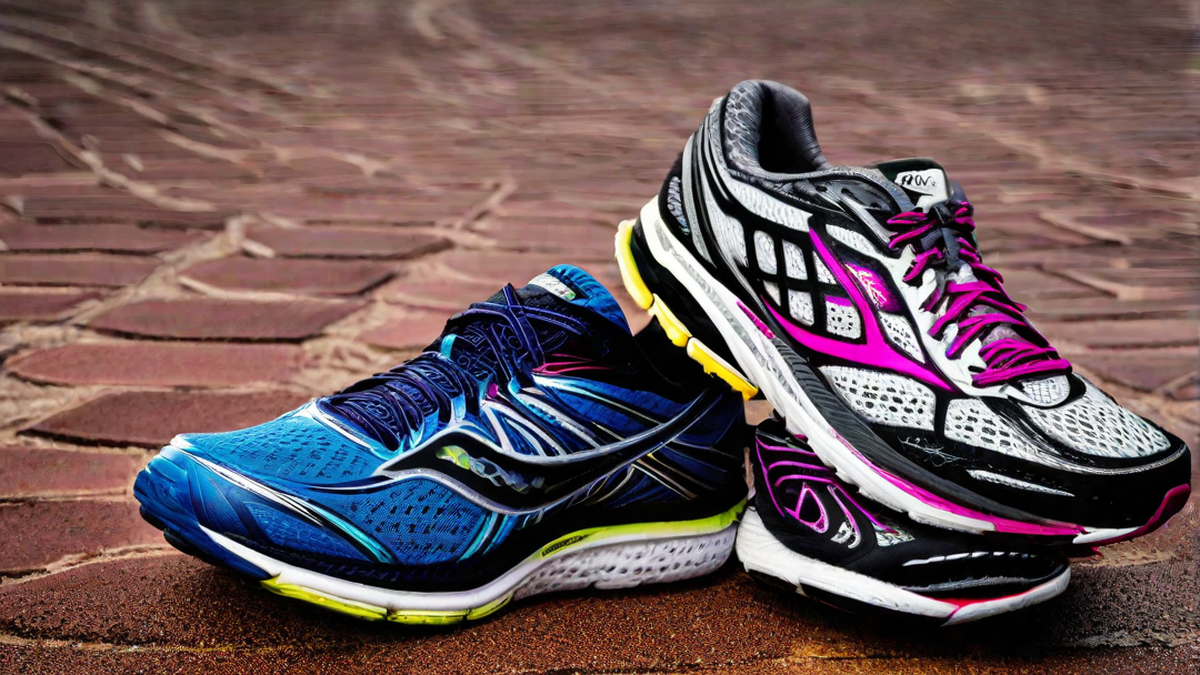When it comes to running, many people underestimate the importance of choosing the right pair of running shoes. As someone who has been an avid runner for years, I can personally attest to the fact that the right running shoes can make a world of difference in your performance and overall comfort.
Understanding Your Foot Type
Before we delve into the different types of running shoes, it’s crucial to first understand your foot type. There are generally three types of foot arches: low arches (flat feet), normal arches, and high arches.
If you’re unsure about your foot type, you can visit a local running store or consult with a podiatrist who can analyze your feet and provide personalized recommendations. Knowing your foot type will guide you in selecting the appropriate level of support and cushioning that your feet need.
The Different Types of Running Shoes
Once you know your foot type, it’s time to explore the different types of running shoes available on the market. Here are a few popular options:
Neutral Cushioned Shoes
Neutral cushioned shoes are ideal for runners with normal or high arches. These shoes provide a good balance of cushioning and support, absorbing impact and allowing for a smooth stride. If you have efficient biomechanics and don’t overpronate or underpronate, neutral cushioned shoes are likely to be the right choice for you.
Stability Shoes
If you have low arches or a tendency to overpronate (inward rolling of the foot), stability shoes are a great option. These shoes are designed with additional stability features to prevent excessive inward movement and provide the necessary support for your feet. They offer a combination of cushioning and pronation control, ensuring a more stable and comfortable running experience.
Minimalist Shoes
Minimalist shoes have gained popularity in recent years due to their lightweight and flexible design. These shoes provide a more natural running experience, as they mimic the feeling of running barefoot. However, they are not suitable for everyone. Minimalist shoes are best for experienced runners with efficient biomechanics and strong foot muscles, as they offer minimal cushioning and support.
Tips for Choosing the Right Running Shoe
Here are a few tips to keep in mind when choosing the right running shoe:
- Try on shoes in the afternoon or evening when your feet are slightly swollen, as this is when they are at their largest.
- Bring your own socks and orthotics, if you use them, to ensure the best fit.
- Walk and run in the shoes to get a feel for their comfort and fit.
- Consider your running terrain. Different shoes are designed for road running, trail running, or a combination of both.
- Replace your running shoes every 300-500 miles or when you start to notice any signs of wear and tear.
Conclusion
Choosing the right running shoe is a personal journey that requires careful consideration of your foot type, running style, and personal preferences. It’s essential to invest time and effort into finding the perfect pair that will support you throughout your running journey. Remember, a well-fitted and appropriate running shoe can help prevent injuries and enhance your overall running experience.

